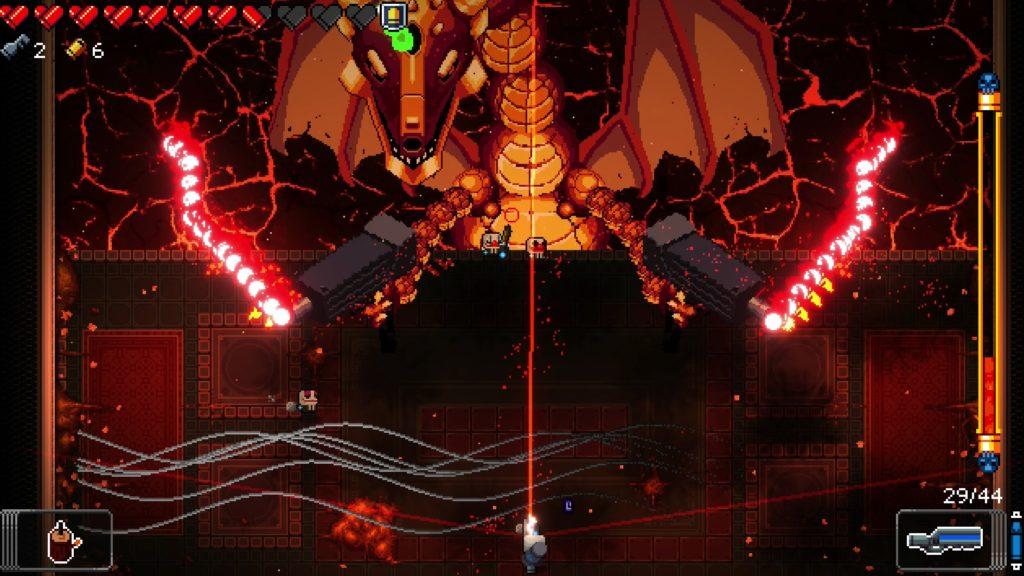Introduction
This week for my critical play, I chose Wizard101, a game created by KingsIsle Entertainment and available for download for PC and Mac. I would describe the ideal target player of this game to be fans of narrative-driven MMOs that are especially drawn to fantasy/wizard settings. As soon as I saw that the setting was a wizard school, I knew that Harry Potter fans would be a perfect fit for this game!
Thesis
Wizard101 effectively builds its wizarding school around its players, placing players at the emotional and narrative center of the magical society. Through allowing players to design their characters, environmental storytelling, and allowing the player to feel like a hero, the game’s worldbuilding deepens player investment as more and more of the environmental layers are unraveled. Wizard101 is successful in creating a world where the players are the main driving force of the world.
Analysis
The player’s personal character, that they get to customize at the beginning of the game (more discussion of ethics later) is the anchor of the narrative. You get to choose your name, appearance, and take a test to find your school of magic. The school of magic that you select into is not merely a superficial choice, but determines your combat style and narrative path.

After taking the test, I chose the school of Life, which gave me the power to be able to heal myself. This came especially in handy during my first battle when I was very low on health and able to heal myself in the threat of two monsters. The classification of players into these schools of magic reflects what Gabriela Pereira calls the “filtering” or worldbuilding through the player-character’s point of view. Your personalized character is not just a mechanism for you to move around the world, it is a lens that shapes your perspective on the world, influencing your card deck, spell themes, and even how NPCs interact with you. From the get-go, it was very clear that the world is shaped around you as a unique player.
The supporting characters are essential in establishing the norms and stakes of the world. Allies and mentors like Headmaster Ambrose welcome you to the wizarding school and guide you through your first battle as you get used to using the spell cards and the various tasks of the game.
On the other hand, villains like Malistaire contribute to the ominous, mysterious, and dramatic atmosphere of the wizarding world, establishing that it’s not all fun and good magic, and that there is evil.

Malistaire has a built-in narrative arc —he represents the betrayal of the institution that is training you. This creates an evocative embedded narrative that turns a mentor figure into a mirror of what you as a player could become. Malistaire’s characterization and behavior solidifies your mission as a central player—explore, interact with the world and characters to learn magic and level up your skills to defeat the villains, and under no circumstances become one of them.
In terms of the environmental storytelling, the game’s zones are explorable dioramas that players move through in real time. The art style of the roads, buildings, and spell animations is whimsical and colorful, creating a world that is enchanted at its very core, even when you are just wandering around the streets. You’re told that NPCs with a question mark above their heads have secret information and you should interact with them, which is a way in which designers offer some structure into an inherently exploratory scene.

Wizard101 is effective in having its surroundings shift with the narrative—when you are battling Malistaire’s monsters, there are dramatic jump cuts, zooms, shaking of the screen, and high contrast colors to reflect a dramatic narrative.

When you are just wandering around Unicorn Way, the colors are more pastel, lower contrast, and you as the player feel more at peace to roam around. Wizard101 effectively signals these tonal shifts in the game both visually and emotionally.
Ethics
Lastly, given that a central part of building the narrative is character customization, it’s important to consider the ethical considerations of how the game depicts the body. Wizard101 lets players customize their characters’ visual traits such as skin tone, hair, clothes, face paint, etc, and these customizations do not bring any changes in terms of gameplay advantages or disadvantages. While the skin tone selection is pretty inclusive, it does not have the option for two-toned skin that players who have vitiligo might identify more with.

Moreover, eye color selection is limited to the same colored eyes, leaving out options for heterochromia. The school of magic customization does however confer gameplay advantages and cannot be changed throughout the game, which might make players feel locked into a box for the entire game. I think that a mod of this game should allow players to shift schools as their values and identities evolve throughout the gameplay–perhaps you start off in the school of life, but in your interactions with NPCs and combat have come to prioritize more with passion and loyalty, and get to shift into the school of fire.
In all, Wizard 101 excels in creating a narrative that is layered in its emotional design, where you as the player get to connect with your own identity, discover more about the world through intersections with allies and enemies, and feel like the center of a very enchanted world.




